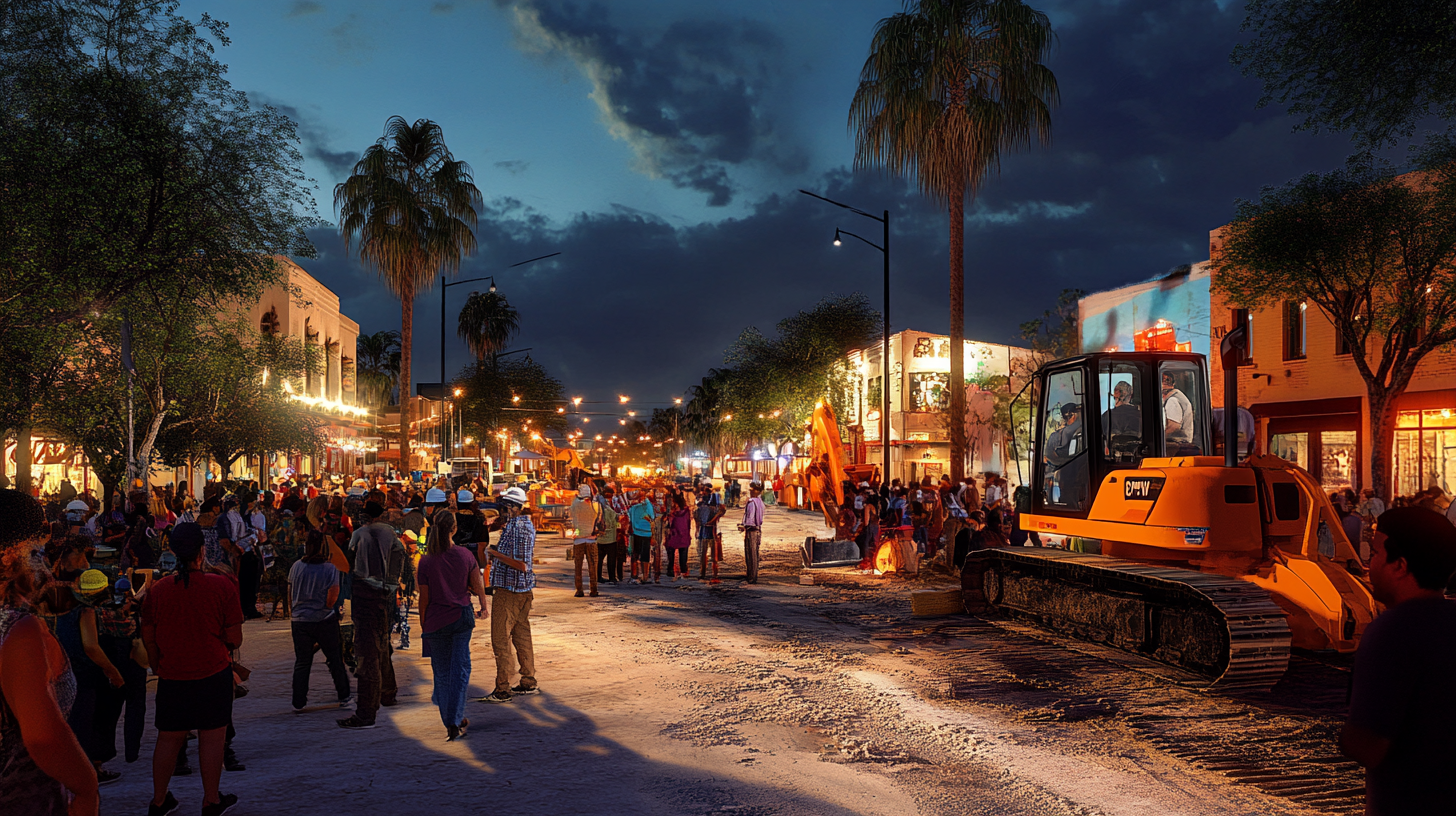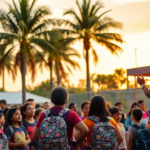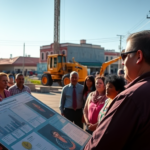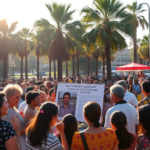Environmental Concerns Over Arroyo Colorado Dredging Project
Environmental advocacy groups in the Rio Grande Valley are raising alarms over a $1.6 million dredging project in Arroyo Colorado. Initiated by the U.S. International Boundary and Water Commission (IBWC), the project aims to alleviate flooding issues but has sparked concerns about potential adverse effects on the area’s wildlife corridors.
Understanding the Dredging Initiative
The Arroyo Colorado dredging project, announced on April 9, involves clearing out mud and excess vegetation along a 6.3-mile stretch from downtown Harlingen to Cemetery Road. This effort is designed to improve the flow of floodwaters, a persistent issue in the region. According to the IBWC, the project is expected to span two years once it commences.
Harlingen has been a recipient of frequent flooding, which affects not only infrastructure but also the communities residing along the waterway. As a response, the IBWC asserts that dredging is a necessary measure to mitigate these flooding risks.
Local Environmental Perspectives
Despite the intentions to manage flooding, environmental groups are advocating for a reconsideration of the dredging approach due to ecological concerns. Jim Chapman, representing the Friends of the Wildlife Corridor, emphasizes the importance of preserving wildlife habitats. “Harlingen is blessed with having a wildlife corridor cutting right in the middle of it. While dredging might help with flood management, it imperils the delicate ecosystem thriving alongside Arroyo Colorado,” Chapman explained.
The corridor is home to a variety of species that depend on the natural state of the environment for survival. Disruption caused by dredging could potentially hinder animal movement and breeding patterns, further stressing already vulnerable populations.
Community Impact on the Rio Grande Valley
For Valley residents, the environmental implications of this project hold both immediate and long-term consequences. The Rio Grande Valley is renowned for its rich biodiversity, and these ecological systems are integral to the community’s identity and local tourism.
Carlos Rodriguez, a Harlingen resident and local birder, expressed his concerns. “This area is not just our home—it’s a sanctuary for countless birds and other wildlife. Altering its natural course could lead to significant losses in biodiversity, which in turn diminishes the Valley’s unique character,” he remarked.
Beyond ecological concerns, there is the question of how effective the dredging will be long-term in addressing the Valley’s flooding issues. This leaves some community members questioning whether alternative flood management solutions could be considered.
Historical Context and Ongoing Discussions
The controversy surrounding the Arroyo Colorado project is not an isolated event. The Rio Grande Valley has previously witnessed tension between development and ecological preservation. A similar debate arose several years ago concerning the expansion of infrastructure projects that threatened vital ecosystems.
Environmental advocates in the Valley have often argued for sustainable development that accounts for the needs of both human and natural environments. The Arroyo Colorado serves as a crucial precedent for how future projects might balance these interests.
Potential Future Implications
As the project moves forward, it will be crucial for stakeholders to engage in open dialogues, exploring viable alternatives that satisfy both environmental and community needs. Solutions such as implementing advanced engineering techniques that present less ecological harm, or introducing green infrastructure that enhances natural flood mitigation, could potentially be evaluated.
For the IBWC, transparency and collaboration with local groups could pave the way for more constructive outcomes. Facilitating community workshops and forums might help bridge gaps between project intentions and public expectation, helping Valley residents better understand and shape the area’s future developments.
Resource Information for Valley Residents
For those seeking further information or wanting to voice their concerns about the dredging project, the Friends of the Wildlife Corridor will host informational sessions and discussion panels. Valley residents can also contact the IBWC for updates on project timelines and public involvement opportunities.
As discussions continue, maintaining an open and balanced perspective is vital to ensuring developments are beneficial both environmentally and socially. As this unfolds, RGV news will continue to provide updates and insights on how this will reshape the community landscape.







